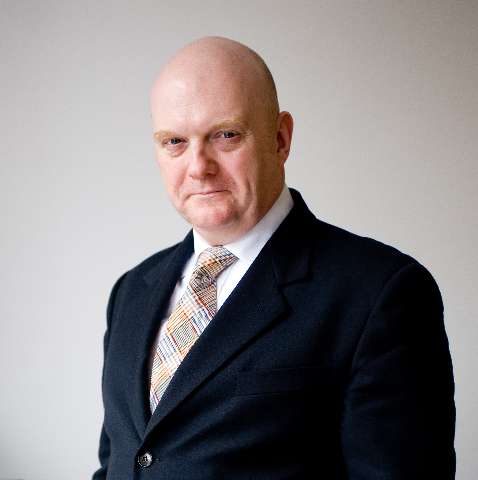The art of contemporising ballet is taking root across the western world. In the UK, Wayne McGregor has been stretching Royal Ballet bodies for more than a decade and Akram Khan is soon to premiere his third creation for English National Ballet. While this quiet revolution is gently modifying the face of British ballet, Khan’s friend and erstwhile collaborator, Sidi Larbi Cherkaoui, is pioneering an avant-garde assault on classicism through his innovative artistic direction of Ballet Vlaanderen, the company he has led since September 2015.
Daniel Proietto’s RASA – a deconstruction of the 19th-century ballet, La Bayadère – is dance theatre on an epic, operatic scale: a spectacular clutter of ideas with periods of ingenuity and flair enlivening a work that is also over-stretched. The ballet is often beautiful, particularly in the understated softness of Proietto’s duets, but dance is but a flavour, embellishing the mix of spoken text, song and physical theatre that mostly constitutes the work.
When premiered in St Petersburg, in 1877, Marius Petipa’s La Bayadère was hailed as the choreographer’s masterpiece, partly due to its elaborate stage effects and lavish décor (it took Petipa six months to complete the staging). Proietto has brought 21st-century technology to bear with similar spectacle on his deconstructed narrative. His reimagined Kingdom of the Shades is inspirational and thoroughly absorbing, with projected silhouettes on a front scrim “dancing” alongside and seemingly amongst the live figures behind the curtain (kudos to light and video designer, Martin Flack). Michael Karlsson’s score mixes electronic and orchestral music to provide a soundscape that is ambiguous in terms of place or time.
Proietto’s narrative places the action in an unspecified, modern Asian city. Solor (Morgan Lugo) is a wealthy young man, first encountered in a prologue, wandering amongst the poor. He is befriended by a Faker (note, not a fakir) who acts as a quasi-narrator, alongside a Tuk Tuk driver, who appears intermittently, complete with vehicle, singing – in a deep bass voice – songs of philosophical assertion. Sporting a blonde Mohican, Matt Foley brings charisma-a-plenty to his portrayal of the Faker, a character who twice dies and returns to life. The aptly-named Guido Belcanto sang as the custodian of the ancient taxi; his long grey hair and heavily-accented English putting me in mind of comic Eurotrash pop culture!
In place of the temple dancer, Nicky (Mikio Kato) is a young transsexual – possibly a sex worker – who is transitioning to female: that surgical intervention comes in a seedy clinic at the end of the first act, represented with graphic physicality that somehow segues into a kind of Busby Berkeley dance number! Of course, there is also a Gamzatti (Nicha Rodboon) but instead of a Rajah to insist on his daughter’s marriage to Solor, this command comes from none other than Queen Victoria (or, at least, the Empress of India’s long-departed spirit). Wheeled around by her page, Zoë Ashe-Browne’s Victoria is a manic creation that makes Olivia Colman’s portrayal of another Queen in The Favourite appear restrained. Her sentences are interrupted by sudden, strident laughter as she barks instructions or calls in anguish for her Abdul (“My Munshi”), John Brown and Albert. Dominic Harrison plays her son, Bertie (Edward VII) – also now presumably a spirit – performing a long, slow and fluid duet, dressed in a white smock, which reminded me of Proietto’s own close movement control.
Three sexy, robotic and inept nurses (Anaïs De Caster, Nicola Wills and Morgana Cappellari) wearing ferocious stiletto heels, brought a sense of playfulness, regularly bumping into each other; and further humour came via the surreal presence of a Japanese tourist (Ruka Nakagawa) obsessively taking photos while asking her subjects to say Japanese words in place of “cheese” (“say Kawasaki, Sushi etc”). These dancers are remarkably comfortable with spoken text and possess a consistently strong sense of theatre. All text was in English with clunky Flemish surtitles above and beside the stage; a necessary irritation in this charming, small gem of an opera house.
The first act was a frenetic plethora of ideas and character introductions presenting an insurmountable challenge of understanding context and narrative development, but the second and third acts were magical. Nicholás Boni’s multi-faceted set design allowed for many interpretations including an arresting finale of candles – lit by the poor – floating on a large pool of water, which also provided a new platform for much splashing about in the pursuit of dance.
The Royal Ballet of Flanders celebrated its fiftieth anniversary in 2019, having merged with the opera company five years’ previously. Here, at the tail end of those Golden Jubilee celebrations, RASA brings both opera and ballet together in a work that provides much food for thought; a veritable banquet of ideas that enlighten, amuse, rankle and bemuse; giving further credence to this young Argentine choreographer’s credentials as the new enfant terrible of modern ballet.


